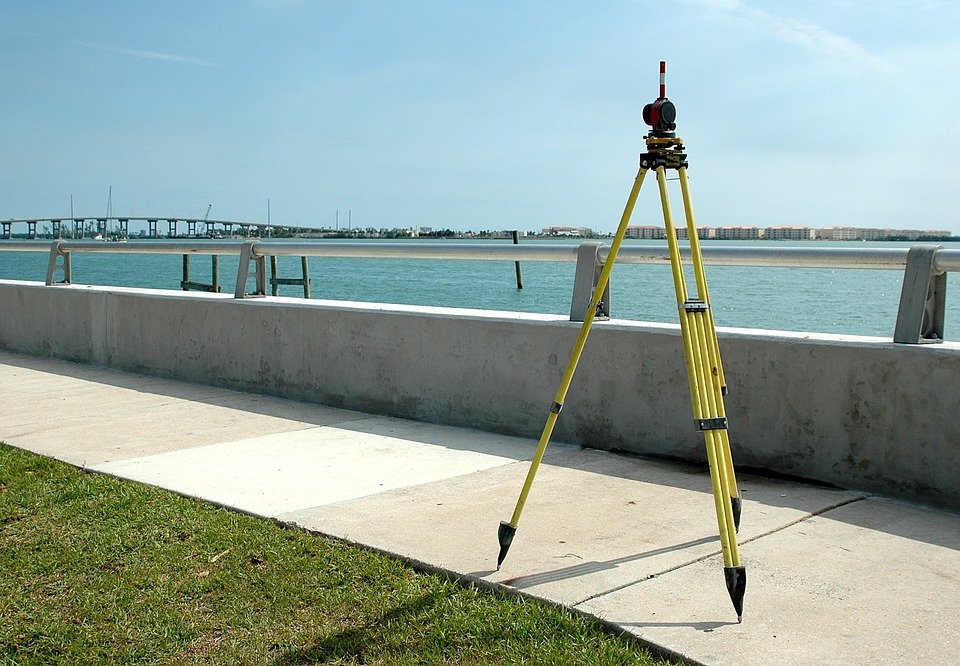[ad_1]
A Comprehensive Guide to Surveying in CAD
Surveying is the process of measuring and mapping land, structures, and other features to create a detailed record of the area. It is used to gather information about the physical environment, and to make decisions about land use and development. Surveying is a critical component of civil engineering, landscape architecture, and construction projects. CAD (Computer Aided Design) software is commonly used in surveying to generate high-quality maps and plans.
What is Surveying in CAD?
Surveying in CAD is the use of specialized software to create detailed maps and plans of a given area using survey data. The software is used to analyze survey data and create three-dimensional models of the area, which can include features such as topography, contours, buildings, roads, and more. Surveying in CAD is used for a variety of purposes, including engineering design, land use planning, urban planning, and construction projects.
The Benefits of Surveying in CAD
Surveying in CAD offers a number of benefits over traditional methods. The software can generate high-quality, detailed maps and plans quickly and efficiently. It also allows for the easy sharing of data and collaboration between multiple people on the same project, saving time and money. Additionally, surveying in CAD reduces the need for manual labor, which can be costly and time-consuming.
How to Use CAD for Surveying
Using CAD for surveying is relatively simple. First, survey data is collected from the field and brought into the software. The survey data can include topography, contours, buildings, and other features. The software is then used to create a three-dimensional model of the area, which can be manipulated to generate a variety of maps and plans.
CAD Software for Surveying
There are a variety of CAD software packages available for surveying. AutoCAD, a popular CAD package, is commonly used for surveying. Other packages include Civil 3D, MicroStation, and ArcGIS. Each package has its own features and capabilities, so it’s important to research the different options to choose the best one for your project.
Conclusion
Surveying in CAD is a powerful tool for creating detailed maps and plans quickly and efficiently. The software offers a number of benefits over traditional methods, and there are a variety of CAD software packages available for surveying. By understanding the basics of surveying in CAD, you can make informed decisions about your project and ensure that it is completed to the highest standards.
[ad_2]


